Accepted Scientific Name: Echinocereus fasciculatus var. boyce-thompsonii (Orcutt) L.D.Benson
Cacti Ariz. ed. 3: 21 1969. L.D.Benson
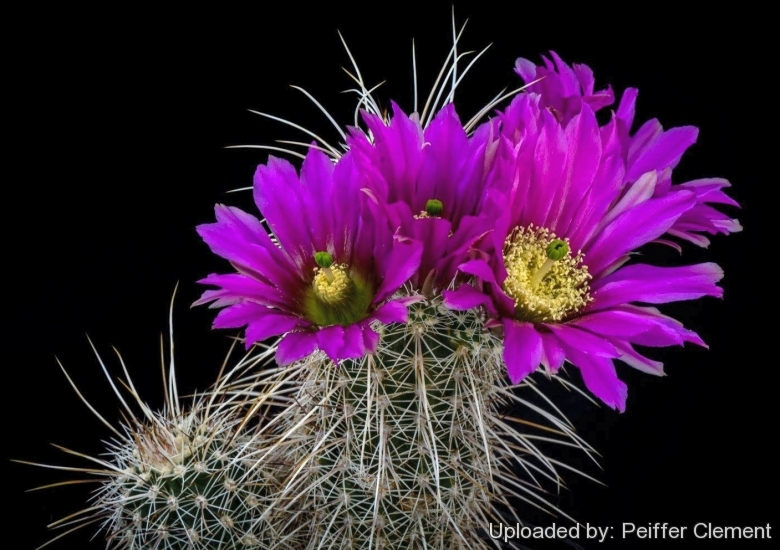
Echinocereus fendleri var. boyce-thompsonii (Echinocereus fasciculatus var. boyce-thompsonii) Photo by: Peiffer Clement
Origin and Habitat: Sonoran desert, Central Arizona, United States.
Habitat: It grows in semi-desert areas often sheltered under bushes along with other spiny succulent.
Synonyms:
See all synonyms of Echinocereus fasciculatus
Common Names include:
ENGLISH: Boyce-Thompson Hedgehog
Description: It is a clumping spiny plant with few-branches which are not crowded against one another.
It produces long straw-coloured spines not obliterating the stem surface.
Stems: 1 to 10 per clump, ovoid to elongated-cylindrical, (3-)10-12(-25) cm tall, 4-7,5 cm. in diameter, rather firm, ribs 9-22 but usually 14-18, not markedly tuberculate at the areoles.
Central spines: Not very rigid, one erect or deflexed pointing downward, yellow or straw-colored with a dark to light brown tip usually 2,5-7 cm long (but occasionally to 12 or more cm long) accompanied, in at least some areoles, by 1 or 2 accessory centrals.
Radial spines: 10-14(-17) acicular, whitish or greysh 1,2-2 cm long.
Flowers: Funnel-shaped, borne on the upper half of the stems, 5-6,5(-8) cm long and 5-6.5 cm in diameter, dull-pink, magenta to reddish-purple.
Blooming season: Flowers are produced in spring and remain open for two or three days.
Fruit: Spherical, spiny, fleshy, at first green or tanning-green turning red at maturity.
More...Subspecies, varieties, forms and cultivars of plants belonging to the Echinocereus fasciculatus group
 Echinocereus bonkerae var. apachensis (W.Blum & Rutow) A.D.Zimmerman: has taller stems and unusually long, slender central spines (to 10 cm). Distribution it is found at the lowest altitude for the species.
Echinocereus bonkerae var. apachensis (W.Blum & Rutow) A.D.Zimmerman: has taller stems and unusually long, slender central spines (to 10 cm). Distribution it is found at the lowest altitude for the species. Echinocereus fasciculatus (Engelm. ex B.D.Jacks.) L.D.Benson: (subsp. fasciculatus) It has grayish central spines that are 2-7,5 cm. long.
Echinocereus fasciculatus (Engelm. ex B.D.Jacks.) L.D.Benson: (subsp. fasciculatus) It has grayish central spines that are 2-7,5 cm. long.- Echinocereus fasciculatus var. bonkerae Thornb. & Bonker: has fewer stems, and is shorter. Central spines are less than 10 mm long, and grayish-white. Flowers are deep purple. Distribution: Arizona and, probably, adjacent Sonora, Mexico
 Echinocereus fasciculatus var. boyce-thompsonii (Orcutt) L.D.Benson: has straw (yellow-tan), colored, and longer central central spines, that are downward pointing , and 2-10 cm long. The flowers are a very deep purple.
Echinocereus fasciculatus var. boyce-thompsonii (Orcutt) L.D.Benson: has straw (yellow-tan), colored, and longer central central spines, that are downward pointing , and 2-10 cm long. The flowers are a very deep purple.
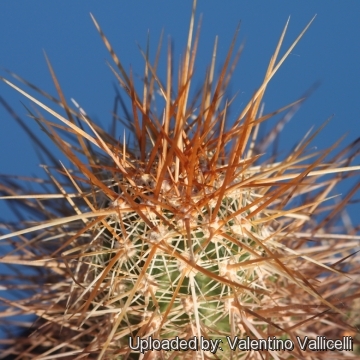 Echinocereus fendleri var. boyce-thompsonii (Echinocereus fasciculatus var. boyce-thompsonii) Photo by: Valentino Vallicelli
Echinocereus fendleri var. boyce-thompsonii (Echinocereus fasciculatus var. boyce-thompsonii) Photo by: Valentino Vallicelli Echinocereus fendleri var. boyce-thompsonii (Echinocereus fasciculatus var. boyce-thompsonii) Photo by: Peiffer Clement
Echinocereus fendleri var. boyce-thompsonii (Echinocereus fasciculatus var. boyce-thompsonii) Photo by: Peiffer Clement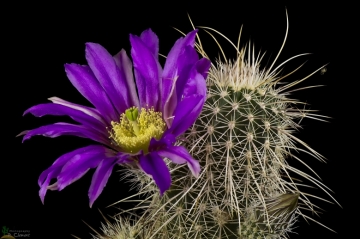 Echinocereus fendleri var. boyce-thompsonii (Echinocereus fasciculatus var. boyce-thompsonii) Photo by: Peiffer Clement
Echinocereus fendleri var. boyce-thompsonii (Echinocereus fasciculatus var. boyce-thompsonii) Photo by: Peiffer Clement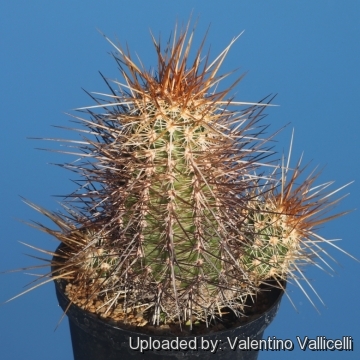 Echinocereus fendleri var. boyce-thompsonii (Echinocereus fasciculatus var. boyce-thompsonii) Photo by: Valentino Vallicelli
Echinocereus fendleri var. boyce-thompsonii (Echinocereus fasciculatus var. boyce-thompsonii) Photo by: Valentino Vallicelli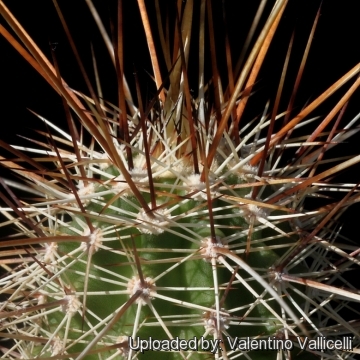 Echinocereus fendleri var. boyce-thompsonii (Echinocereus fasciculatus var. boyce-thompsonii) Photo by: Valentino Vallicelli
Echinocereus fendleri var. boyce-thompsonii (Echinocereus fasciculatus var. boyce-thompsonii) Photo by: Valentino Vallicelli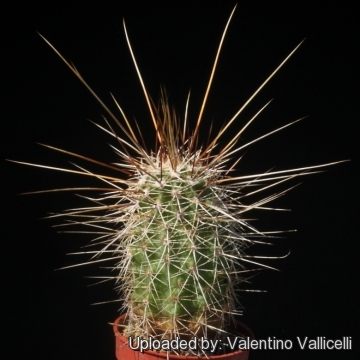 Echinocereus fendleri var. boyce-thompsonii (Echinocereus fasciculatus var. boyce-thompsonii) Photo by: Valentino Vallicelli
Echinocereus fendleri var. boyce-thompsonii (Echinocereus fasciculatus var. boyce-thompsonii) Photo by: Valentino VallicelliCultivation and Propagation: It grows rather slowly and is sensitive to over-watering (rot prone). It needs very good drainage to avoid rotting, but requires more moisture than true desert cacti, to grow and produce flowers. Keep drier and cool in winter. It needs full sun. It can withstand temperatures down to -10° (or less, depending on clones) for short periods of time. It is a fine plant for a rock garden or container, and contrasts well with agaves, yuccas, and low-growing flowering plants. It will show its flowers only provided with an adequate winter rest period.
Propagation: Seeds, can also be grown from cuttings, as it branches from the base.

















